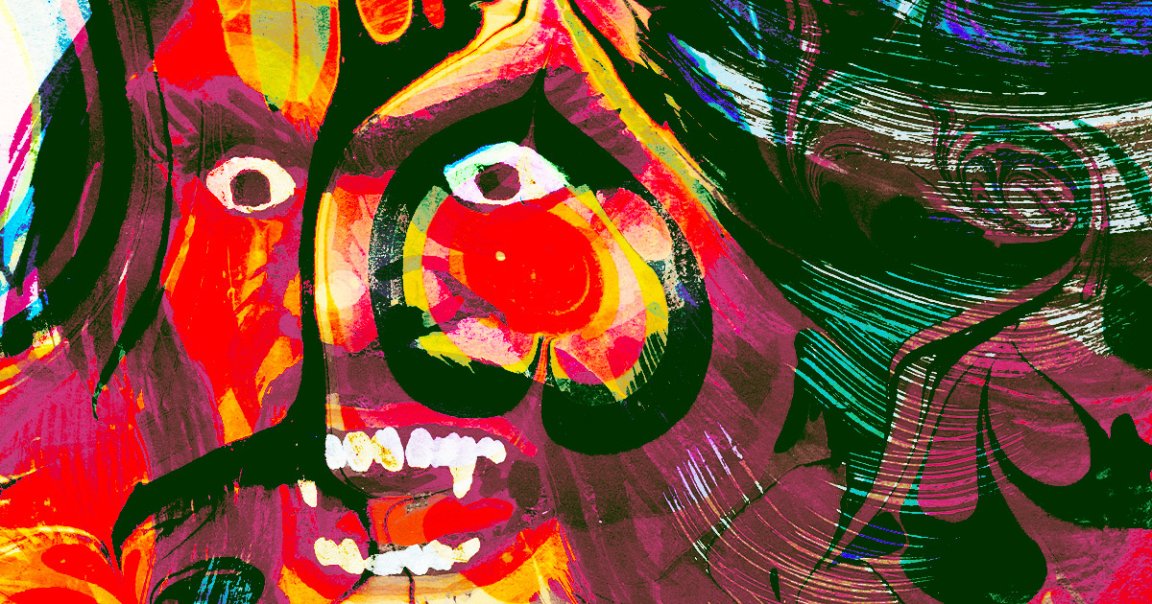
Same Drugs, Different Era
What were our bronze-age ancestors doing to kill the time? Getting high out of their minds, apparently.
Human hair strands discovered in a cave burial site in Menorca, Spain, provide the first direct evidence that prehistoric Europeans favored a heady high and consumed psychoactive drugs, according to a new study published in the journal Scientific Reports.
“These findings are so singular,” study lead author Elisa Guerra-Doce, an associate professor of Prehistory at the University of Valladolid, told The New York Times. “Sometimes when people think about drugs, they think it’s a modern practice. These results tell a different story.”
Prehistoric Plug
By using a combination of chromatography and mass spectrometry, Guerra-Doce and her team detected the presence of alkaloid substances that have a variety of effects.
Derived from nightshade plants, scopolamine and atropine act as depressants on the central nervous system and can induce some pretty trippy hallucinations, states of delirium, and even out-of-body experiences.
Ephedrine, on the other hand, is a powerful stimulant that will send your heart racing, and can be found in certain species of pine shrub.
God help our ancestors if they took all these at the same time and enjoyed the ancient equivalent of speedball.
All are native to the region, so Bronze-Agers could more or less get high on nature’s supply.
Writing on the (Cave) Wall
Figuring out why exactly these prehistoric humans were taking these drugs is a difficult question to answer, if not impossible. For all we know, they could’ve been popping some scopolamine to look at mesmerizing cave paintings in flickering torchlight. But we do have some clues.
For one, the location of the discovery: a cave known as Es Càrritx, which when first uncovered in 1995, contained the buried remains of some 210 people. Alongside the remains, spelunking archaeologists noticed wooden and animal horn boxes decorated with trippy, spiraling circles, that contained the drug-addled hairs.
These clues may suggest a ceremonial or ritual use for the drugs, according to Giorgio Samorini, an ethnobotanist who was not involved in the study.
“This was not a profane purpose of ‘searching for a high’ but more generally the search for existential meaning that has been largely lost to time,” he told NYT.
Samorini maintains that these latest findings add to a growing body of evidence that the use of drugs was integral to ancient humans, and honestly? Good for them.
More on ancient humans: Early Mayan Civilization Was Far More Advanced Than We Thought, Scientists Say